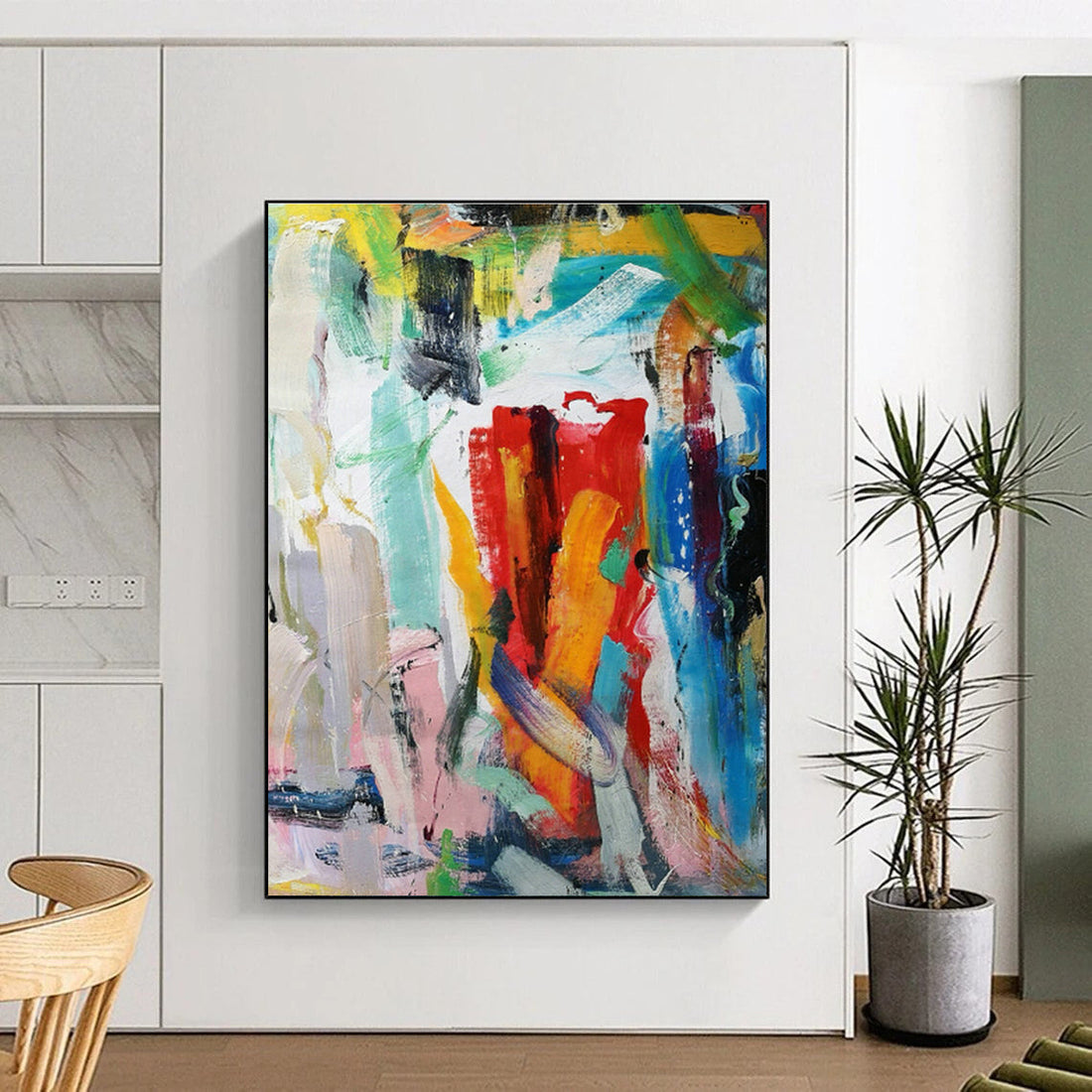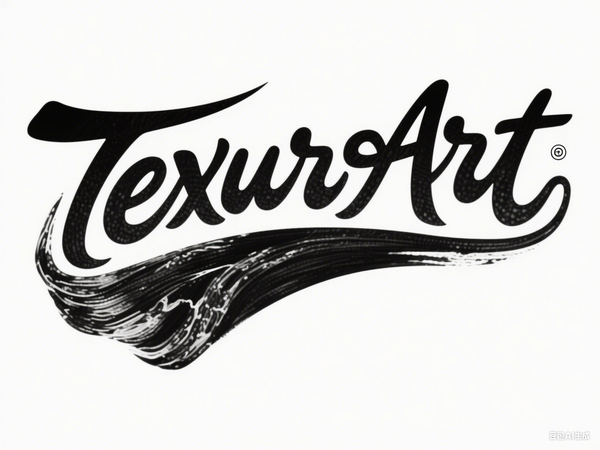
Palette Knife Painting - Embracing Texture and Bold Expression on Canvas
Share
Palette Knife Painting offers artists a distinctive approach to creating art by using a flat, flexible blade to apply thick, layered paint. This technique transforms ordinary paintings into dynamic, textured masterpieces full of movement and depth. To explore exquisite examples and find stunning artworks, visit the curated collection at Palette Knife Painting.
Artists choose palette knives over traditional brushes because they allow for bold, sweeping strokes that build strong textures and impasto layers. The unique physicality of palette knife painting creates surfaces that interact with light differently throughout the day, adding vibrancy to landscapes, abstracts, and portraits alike. This method not only enhances the visual appeal but invites a tactile experience, engaging viewers on multiple sensory levels.

Pioneers of palette knife painting include legendary painters such as Gustave Courbet, who brought impasto technique to prominence in the 19th century with richly textured landscapes. Likewise, Vincent van Gogh famously used palette knives to bring a tactile energy to his iconic work Starry Night, where thick swirls of color evoke intense emotion. In the 20th century, artists like Henri Matisse and Marc Chagall incorporated palette knife techniques to add spontaneity and lush surfaces to their compositions, pushing the expressive potential of this tool even further.
Modern painters continue the legacy of palette knife painting by experimenting with color blending on canvas, scraping, and layering techniques to achieve distinctive effects. Because palette knives allow for both rough blending and precise layering, they facilitate vibrant contrasts and complex textures not easily attainable by brushwork. Painters often combine oils or acrylics with mediums like cold wax to prolong drying times and enhance texture longevity, making palette knife art a favored medium for those who appreciate depth and dimensionality in fine art.
For artists eager to master this expressive technique, resources like the Palette Knife Painting Technique article from Principle Gallery offer valuable historical context and step-by-step guidance. The Skillshare Guide to Palette Knife Painting provides practical tutorials that break down palette knife use for all skill levels. Additionally, the Milan Art Institute’s list of 10 palette knife painting techniques highlights creative methods to incorporate into your art practice.

Frequently, the appeal of palette knife painting lies in its immediacy and freedom. Unlike brushes, the palette knife can lay down broad swaths of vivid color swiftly while maintaining fascinating textural qualities. Whether creating landscapes, florals, abstracts, or portraits, artists find palette knife painting invaluable for its ability to transform flat canvases into lively, tactile experiences.
Frequently Asked Questions (FAQ)
What is palette knife painting?
It is a technique using a palette knife to apply thick, textured layers of paint, creating impasto and vibrant visual effects.
Which artists are famous for palette knife painting?
Notables include Gustave Courbet, Vincent van Gogh, Henri Matisse, Paul Cézanne, and contemporary artists continuing the tradition.
Can beginners learn palette knife painting?
Yes, it encourages experimentation with texture and color and is accessible to all skill levels.
Where can I view or purchase palette knife paintings?
Discover outstanding works at Palette Knife Painting.
What materials work best for palette knife art?
Oils and acrylics are ideal, often paired with mediums to extend drying and texture manipulation.
Palette Knife Painting captivates with its rich textures and bold color applications, breathing life and depth into each piece. By embracing this technique, artists unlock a powerful dimension of creative expression and sensory engagement.
